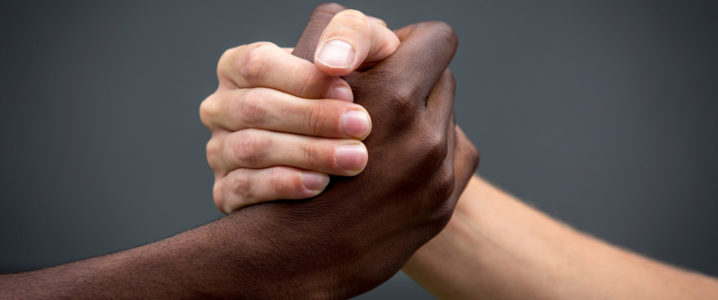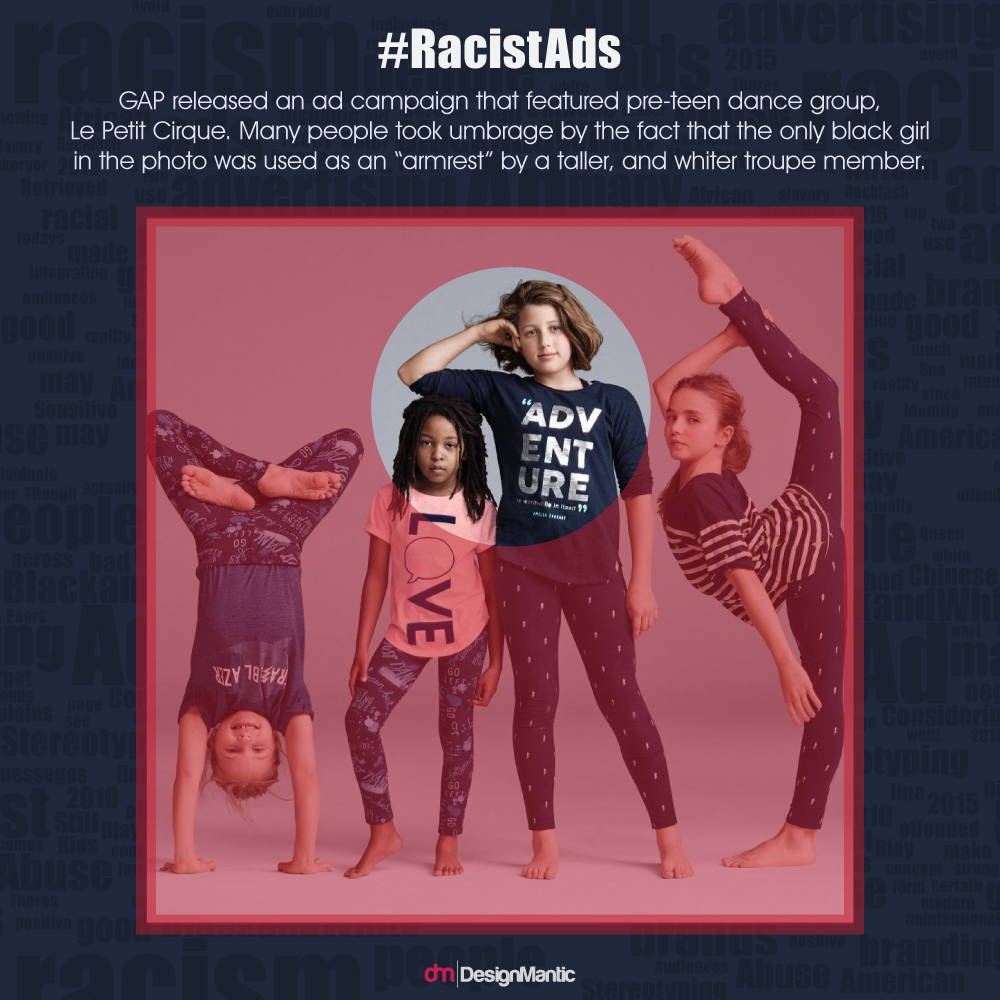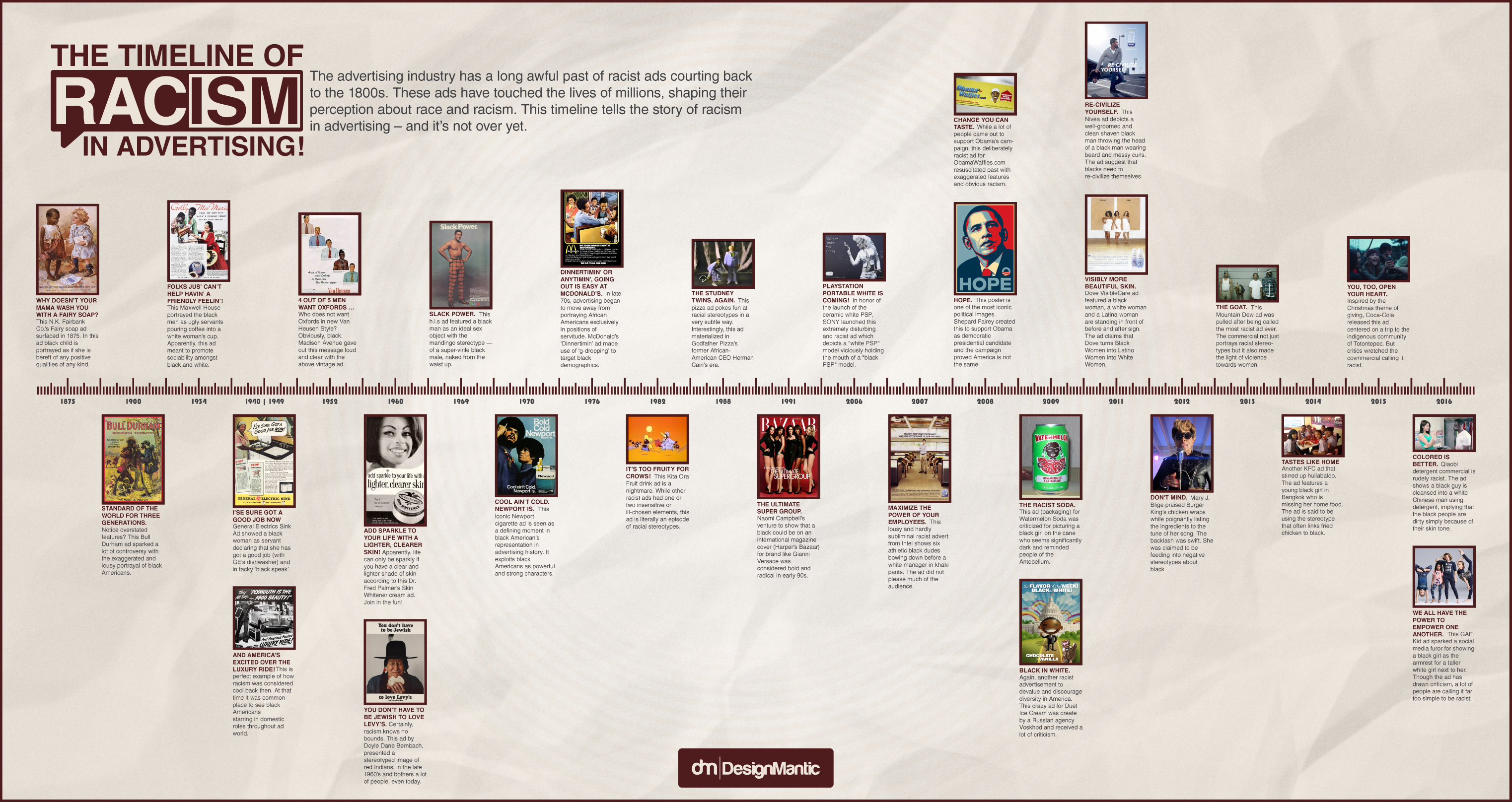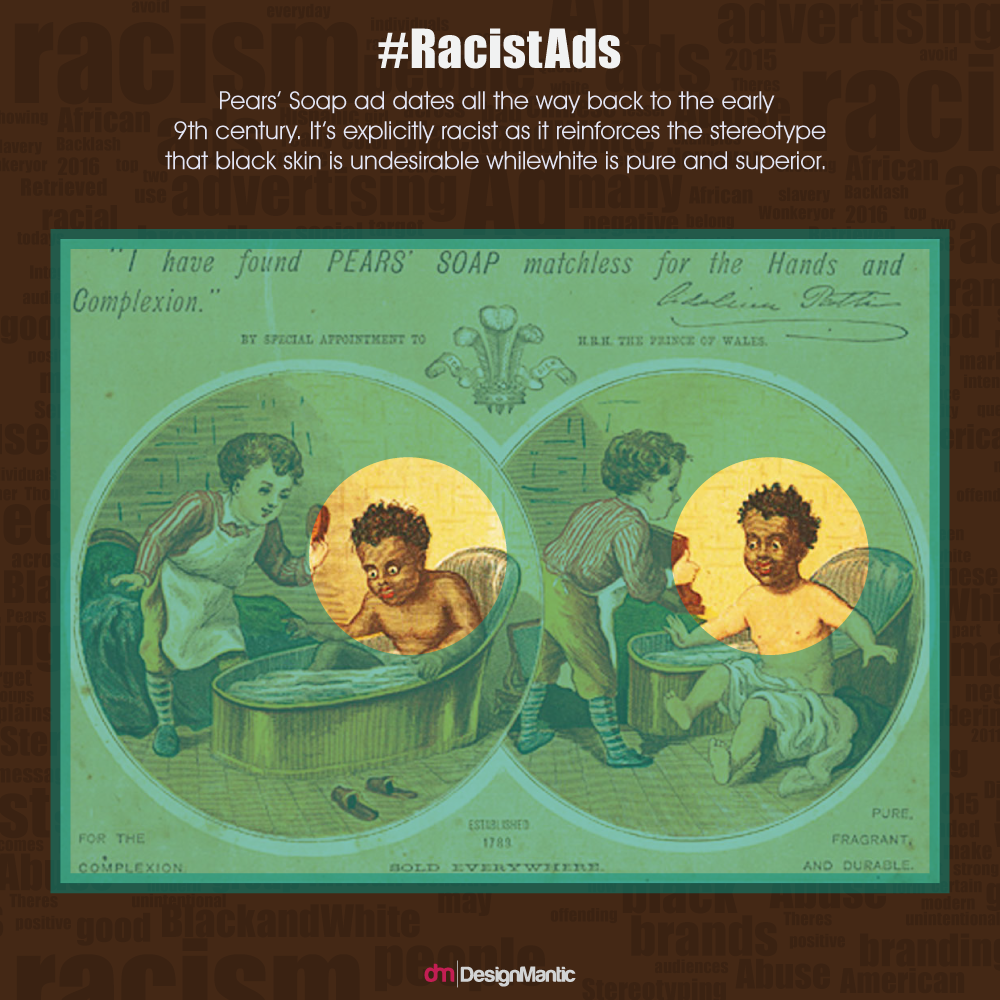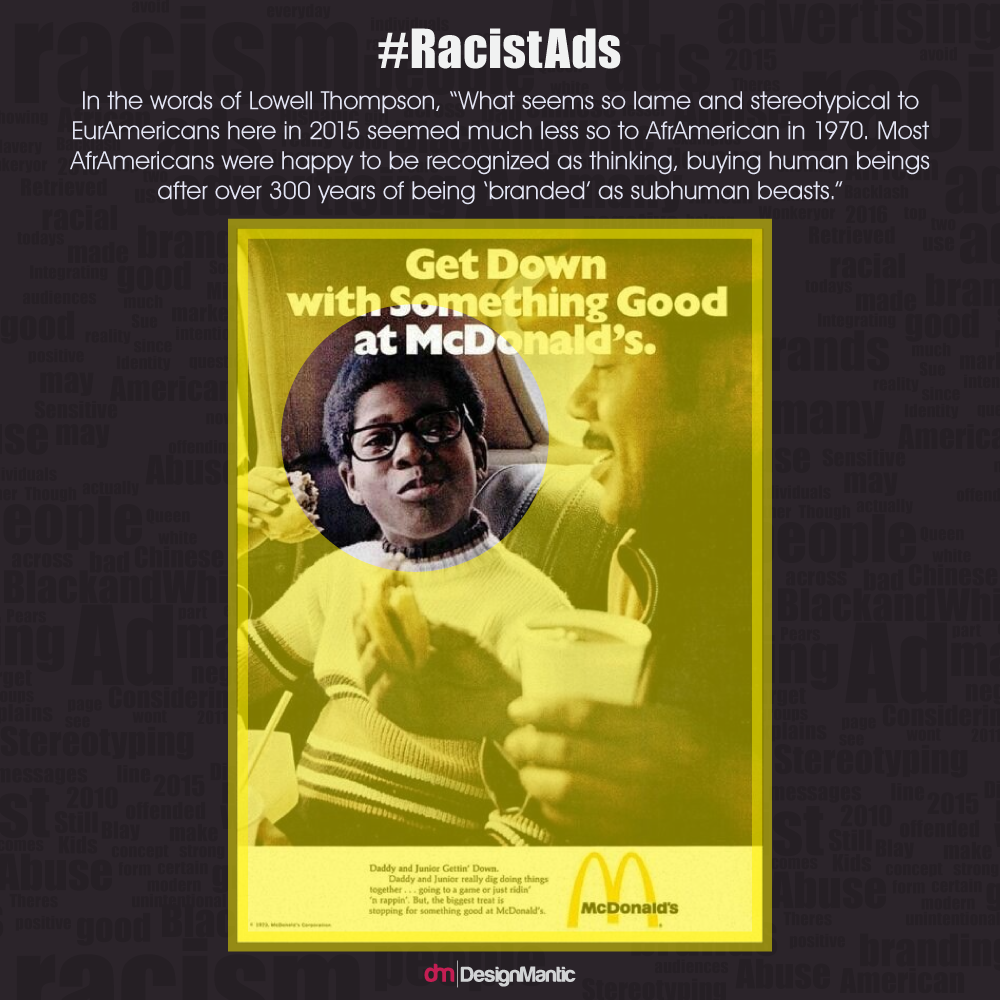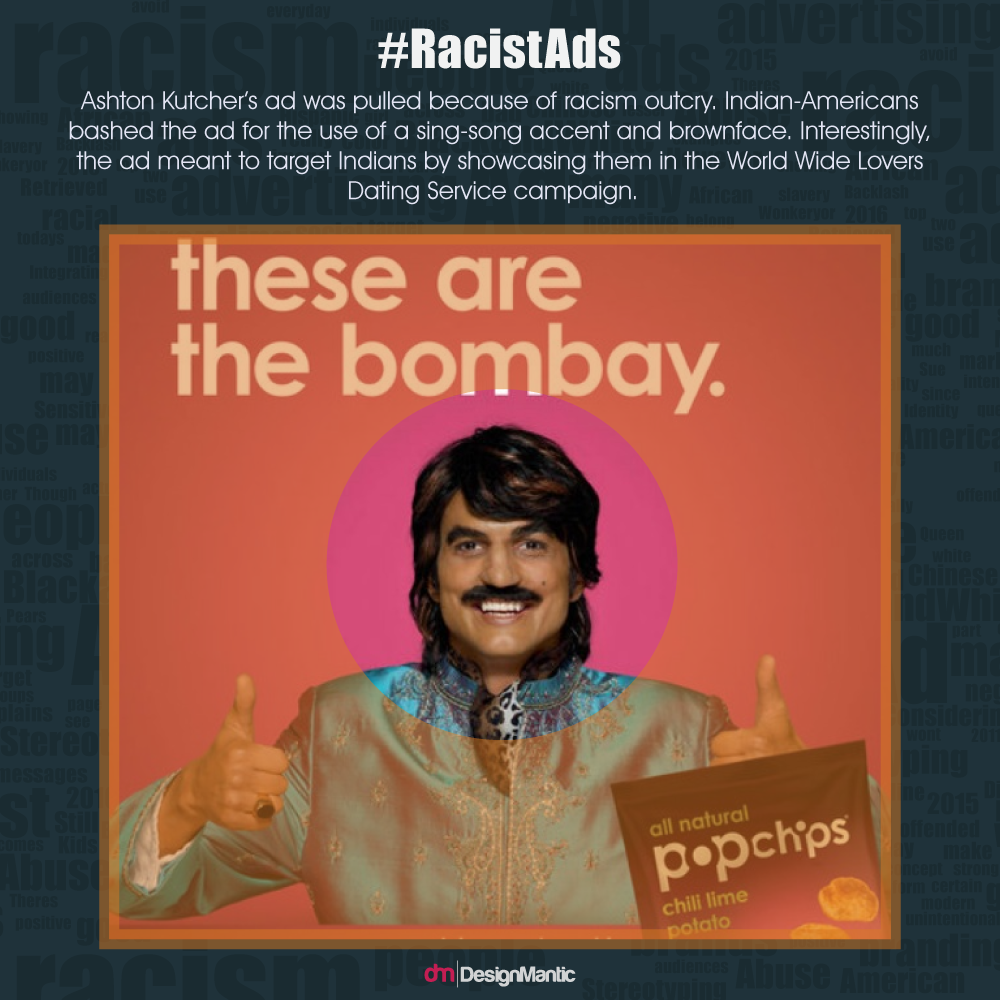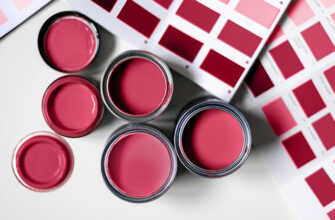Hardly a month ago, an ad of a local Chinese laundry detergent crossed borders and angered communities across the world. Though the original concept was aired almost a decade ago with a black man popping out of the washing machine, flexing his muscles next to the slogan “Colored is Better”, the Chinese version has stirred even more controversy.
The fact that it’s still a hot topic on social media comes to show how strongly people feel about the use of racism in branding, be it intentional like this ad or unintentional as the Gap Kids ads below that brought on a backlash on Twitter.
The ad really riled up the Twitterati, especially ater this tweet made its way to the Gap Kids page.
@GapKids Thanks for perfectly illustrating what ‘passive racism’ looks like in mainstream media. #DiversiryFail She is NOT your arm rest. 😑
— Jasmine Wow (@Jmo120) April 3, 2016
While the ad may seem harmless enough, Zeba Blay (2016) explains that there are many people objecting to the use of the only black girl as an armrest by an older, taller Caucasian troupe member.
“While the three other white girls in the photo were striking powerful, strong poses, some people complained that the black girl appeared passive, more of a ‘prop’ and a token than anything else. In the video component of the ad, too, she seemed detached and largely silent, while her white group members did most of the talking,”
she wrote.
Unfortunately, these are just two of the latest instances where racism has made its way into modern branding. Considering that there are hundreds of these ads and possibly more coming our way, many questions come to mind, including:
- Is there any good of integrating racism in ads?
- Are really today’s racist ads “racist” or are they just bad PR moves?
- Considering how the top brands don’t shy from them, can companies really thrive by jumping on the racist ads bandwagon?
The answers for these questions and more are part of this scoop on racism in ads.
Related: Designers Saying NO To Racism
The Good And The Bad Of Integrating Racism In Advertising
The idea that racism in advertising can be of good may be laughable. However, there’s a major difference between the multicultural marketing practices of the 1920s and today’s racial stereotyping in advertising.
Wonkeryor (2015) explains that advertising has always had a racial dimension since the days of slavery. In fact, institutionalized racism (i.e. a form of racism which is expressed by social and political institutions rather than individuals or informal social groups) has been a part of multicultural marketing since the concept’s inception in the 1920s. In addition to the Pears’ Soap ad below, many racist ads made their way to people such as Kellogg’s ‘Cornfucious Say’ Promotion, Aunty Jemima’s ads, and the Rice Council of America’s ‘Did you ever see a fat Chinese?’
Now, however, multicultural marketing relies on ‘racial stereotyping’ to get messages across to specific demographics. While many consider this a negative term, its definition doesn’t carry negative or positive values – a system of beliefs about typical characteristics of a certain race. Moreover, racial stereotyping has proven to be very effective in installing a perceptual bias in audiences by showing them characters similar to themselves. Good examples of this concept include the McDonald’s ad below and Lil Wayne’s Apartments.com ad.
Unfortunately, using racial stereotyping can actually backfire on brands that fail to wield its power. An ad can easily be misinterpreted, offending many people and tarnishing the brand’s image. This makes sense considering how stereotyping a group can significantly impact the way individuals within it identify themselves socially. And there are many examples that fit this description, including Ashton Kutcher’s chips ad below, the Dove 2011 ad showing a black woman directly under the image of cracked, unclean skin, and Mary J. Blige’s Burger King ad for fried chicken.
However, hostility towards the advertiser is just the lesser of two evils. Highlighting stereotypes can actually lead to a form of self-oppression as people begin questioning themselves as well as the groups they belong to. (Alavi, 2010) Considering the history of racism across the nation, this is truly unfair to the minorities that work hard to prove themselves every single day.
The Thin Line Between Bad And Racist Advertising
There’s a thin, blurred line between bad and racist ads. According to many social scientists and psychologists, which side of the line a person stands on depends on how sensitive they are when it comes to race. Queen (2015) states that modern society has abandoned its attitude of ‘live and let live’ and ‘agree to disagree’ only to suffer a tyranny of the offended. People now have to tiptoe around others to avoid offending them.
Further complicating matters is that people are offended by much more than words and actions. Dr. Derald Wing Sue (2010) explains his theory of Microaggressions, which details the different ways people can be offended by.
“…the everyday verbal, nonverbal, and environmental slights, snubs, or insults, whether intentional or unintentional, which communicate hostile, derogatory, or negative messages to target persons based solely upon their marginalized group membership. In many cases, these hidden messages may invalidate the group identity or experiential reality of target persons, demean them on a personal or group level, communicate they are lesser human beings, suggest they do not belong with the majority group, threaten and intimidate, or relegate them to inferior status and treatment.”
The Gap Kids ad is a fine example in this regard. Though Blay explained why people would scream “racist!” at the ad in her piece, she admits to finding the children’s pose pretty harmless. Writer, director and former NFL player Matthew A. Cherry also tweeted the following to make people realize that they may be overreacting to the 2016 ad.
Does the @GapKids pic on the left make the pic on the right okay? Let’s debate pic.twitter.com/rCFbK4uG5y
— Matthew A. Cherry (@MatthewACherry) April 3, 2016
We even ran a poll on our DesignMantic Google+ page about the same ad and got 86% votes for ‘not racist’.
Regardless, the current reality is that a majority of brands’ target audiences are sensitive to Microaggressions. Therefore, companies have to think twice before releasing a 30-second ad. Luckily, there are certain elements that they can focus on to avoid being deemed ‘racist’.
Is Adding Racism To Ads Worth It For Brands?
Creating racist ads is definitely an insensitive feat that can cost companies a lot of money. However, search the internet and you won’t find many posts detailing how much brands lost due to their ads. In fact, the apologies these brands make are what win back customers who swore to boycott the them.
To be honest, brands today believe that any publicity is good publicity, regardless of whether negative or positive. The Chinese ad, for instance, had made Qiaobi a household name despite the company only targeting locally. If the company follows the lead of Coca Cola, Pears’ Soap and Fairy, it can still make its way to consumers’ hearts (and wallets) in the future if it decides to expand internationally. These branding leaders have had several racist ads promote their products yet still remain at the top of their respective industries.
Still, it’s important to understand that brands also have a good chance of losing their clients’ trust and respect on the long run. If your brand can stay strong despite losing thousands of clients, and if you would rather not be known for being unethical and unbiased, this may be one trick you can keep up your sleeve.
References:
- Alavi, R. (2010). Race, Identity, Stereotyping and Voluntary Oppression. Global Virtue Ethics Review, 6 (1), 13-27.
- Blay, Z. (2016, April 04). Why Backlash To This ‘Racist’ Gap Ad Is Complicated. Retrieved from huffingtonpost.com.
- Harrison, Rachel. (2011). The use of racism in the media and in advertising [PowerPoint slides]. Retrieved from slideshare.net.
- Queen, C. (2015, July 25). Why Have Americans Become So Sensitive? Retrieved from pjmedia.com.
- Sue, D. W. (2010). Microaggressions in everyday life: Race, gender, and sexual orientation. Hoboken, NJ: Wiley.
- Wonkeryor, E. L. (2015). Dimensions of racism in advertising: From slavery to the twenty-first century.

